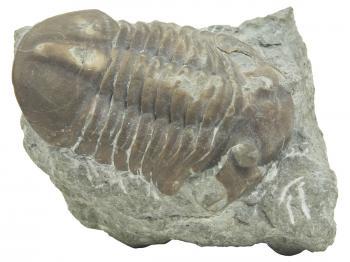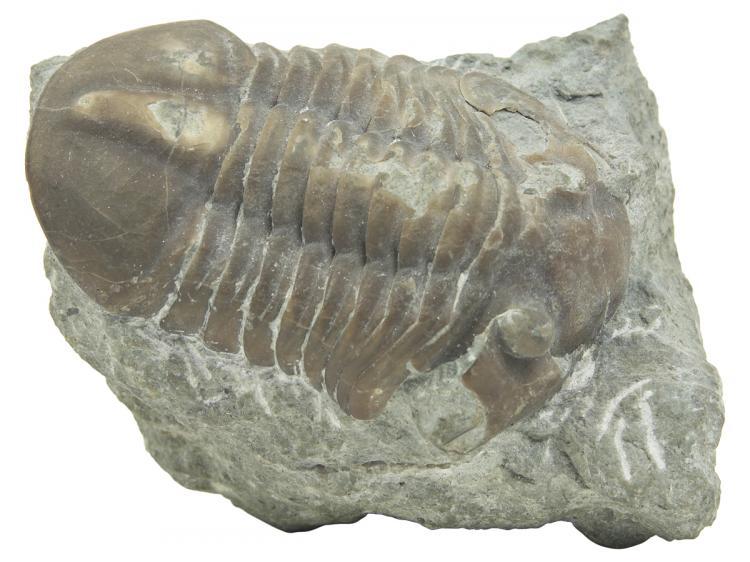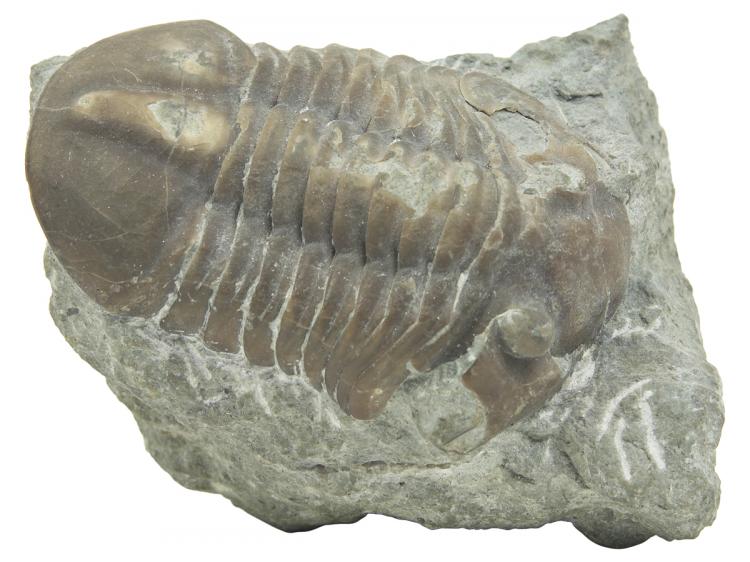In spite of the strength with which the evolutionist doctrine has been applied in contemporary biology over the last century, facts oblige one to doubt the validity of mutation and natural selection as the true driving force behind the origin of species.
The Enigma of Left-Handed Snails and Other Rarities
To some, the left-handed marine snail is one of the greater rarities with which nature delights us. Contrary to their significantly more common, right-handed brethren, the left-handed snail has a slight mutation, making the spiral of its shell inverted. This characteristic means that the can-opening claws of its fiercest opponent, the crab, lose their ability to break the snail’s shell so the crab can feast on the delicacy within.
According to evolutionist understanding, this inverted shell trait should lead to the gradual dominance of the left-handed snail, while the environmental factor (hungry crabs) will naturally weed out the weaker variety, resulting in a steady decline of the inferior right-handers.
However, in reality, left-handed snails constitute less than even 5 percent of the total snail species. This number has not increased over the long course of years and, mysteriously, evolution to this seemingly desirable trait has not taken place.
Now consider the trilobite, one of paleontology’s most prominent fossils. These marine arthropods began declining in number by the end of the Permian period, about 250 million years ago. Their relatively rapid extinction had been a mystery for scientists until recently.






